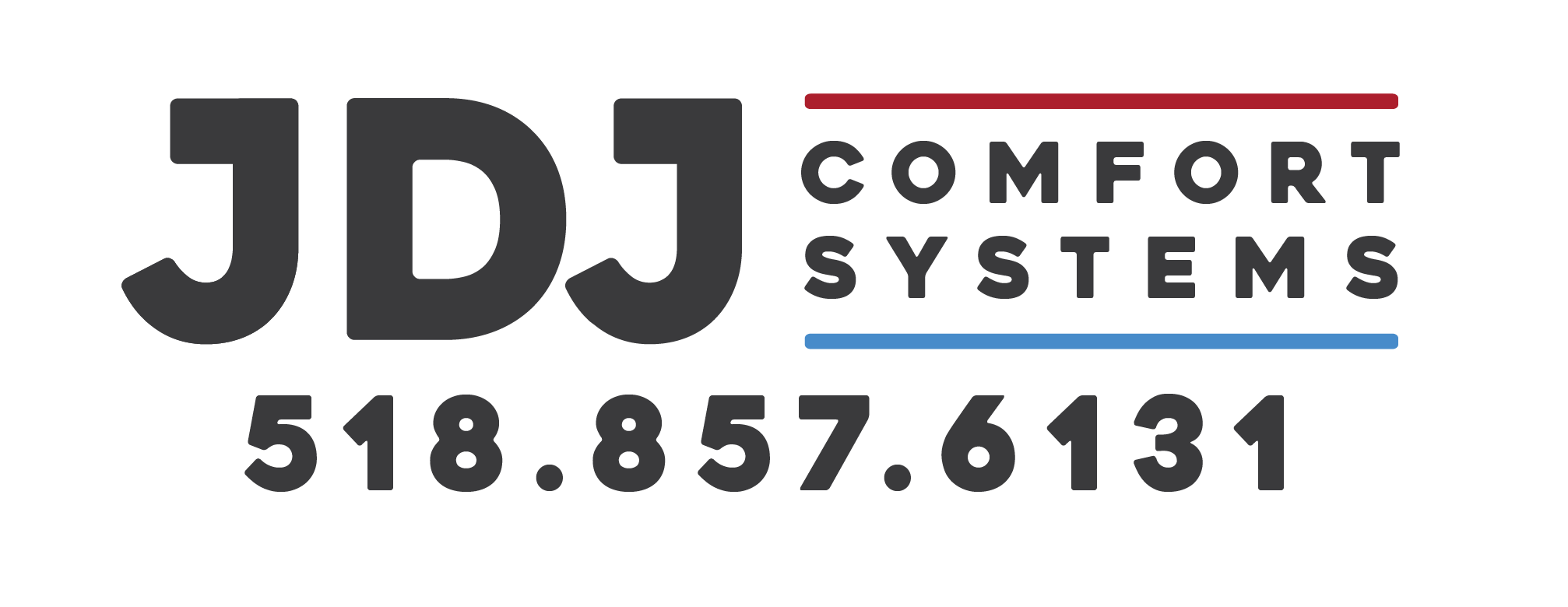If you have a forced air furnace or central air conditioner, you’ll have ductwork that carries the warm and cool air your equipment creates to different rooms in the house. Ducts are typically sheet metal or flexible.
If you have flexible ducts and they are over 10 to 15 years old, they probably need to be replaced. Older flexible ducts often have very poor insulation, may have asbestos as the insulation material, and they likely have rips and tears. In addition, many contractors do not properly seal the duct connections when they’re installed which leads to the air you’re paying to create to be dissipated in the attic,basement, and walls. This is not what you want.
Replacing or making improvements to your duct system can:
Improve ComfortSealing and insulating ducts can help with common comfort problems, such as rooms that are too hot in the summer or too cold in the winter.
Enhance Indoor Air QualityFumes from household and garden chemicals, insulation particles, and dust can enter your duct system, aggravating asthma and allergy problems. Sealing ducts can help improve indoor air quality by reducing the risk of pollutants entering ducts and circulating through your home.
Promote SafetyDuring normal operation, gas appliances such as water heaters, clothes dryers,and furnaces release combustion gases (like carbon monoxide) through their venting systems. Leaky ductwork in your heating and cooling system may cause back-drafting, where these gases are drawn back into the living space, rather than expelled to the outdoors. Sealing leaks can reduce this risk.
Save MoneyLeaky ducts can reduce heating and cooling system efficiency by as much as 20 percent. Sealing and insulating ducts increases efficiency, lowers your energy bills, and can often pay for itself in energy savings. Plus, if you’re planning to install new heating and cooling equipment, a well-designed and sealed duct system may allow youto downsize to a smaller, less costly heating and cooling system that will provide better dehumidification.

